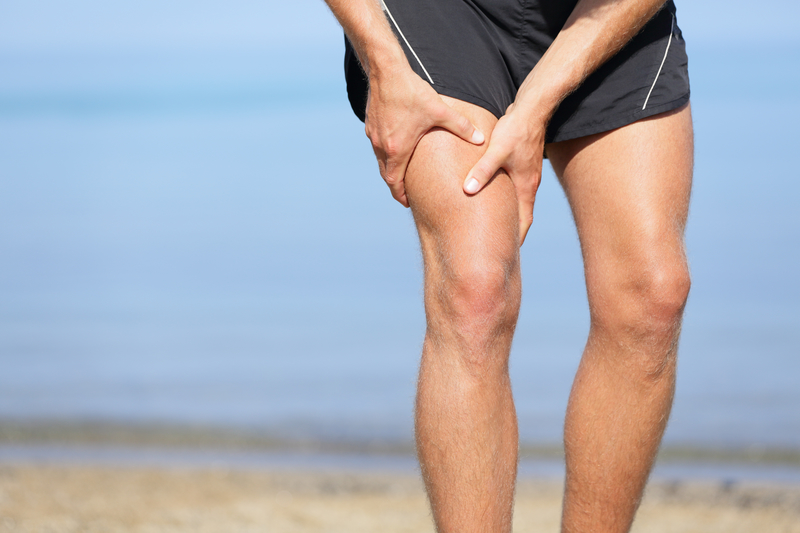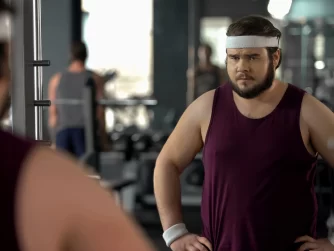Have you noticed your legs feeling weaker, smaller, or just not as strong as they used to be? Maybe you’ve been down with an injury, stuck in a sedentary routine, or dealing with health issues that kept you off your feet. That creeping sense of muscle loss—where your quads, hamstrings, or calves just don’t respond like they used to—could be a sign of leg muscle atrophy.
Let’s be real: it’s frustrating. But the good news? In many cases, you can reverse leg atrophy with the right strategy. Today, we’re diving into what atrophy really is, whether exercise actually helps (spoiler: it does!), and what to expect on the road back to strength.
What Is Leg Atrophy, Really?
Muscle atrophy is the loss of muscle tissue, either due to disuse (think: bed rest, injury, sitting too much) or neurological causes (like multiple sclerosis, ALS, or spinal cord injury). Most people reading this are dealing with disuse atrophy, and the root cause is inactivity. When a muscle isn’t used regularly, the body basically says, “Well, I guess we don’t need this anymore,” and starts to break it down.
This can happen faster than you think. Studies show that muscle strength can decline by as much as 5% per day during complete immobilization (like after surgery or injury) [Wall et al., 2013]. Within just a couple of weeks, you could see noticeable changes in your muscle size and strength.
Does Exercise Help Reverse Leg Atrophy?
The short answer? Yes—absolutely.
The longer answer? Yes, but it depends on consistency, intensity, and the cause of your atrophy.
Let’s break this down:
✅ The Pros of Exercise for Atrophy
- Stimulates Hypertrophy (Muscle Growth):
Strength training sends a signal to your body to rebuild. Think of it like telling your legs, “Hey, we need you again!” Resistance triggers your muscle fibers to grow in size and strength. - Improves Neuromuscular Connection:
You don’t just lose muscle mass—you lose the “connection” between your brain and those muscles. Exercise helps you rewire that mind-muscle link, improving coordination and stability. - Boosts Circulation and Recovery:
Increased blood flow from movement helps carry nutrients and oxygen to damaged or dormant muscle tissue, speeding up repair. - Mental Health Benefits:
It’s not all physical. Exercise helps reduce anxiety and depression, which are common when you’re recovering from physical setbacks. Feeling strong again often starts in your head.
❌ The Cons (and Challenges)
- It’s Not Instant:
Rebuilding muscle takes time. Some people give up when they don’t see progress in the first week or two. You’ve got to commit to the process. - Initial Discomfort:
Expect soreness, maybe even frustration. When you start moving underused muscles again, it’s going to feel awkward. That’s normal. Progress lives just outside your comfort zone. - Not Always a Solo Journey:
If your atrophy is severe, or caused by a medical condition, you’ll need guidance from a pro—whether that’s a physical therapist, personal trainer, or medical specialist.
The Game Plan: Rebuilding Leg Strength Safely
If you’re nodding your head right now, thinking “OK, let’s do this,” here’s how to get started on reversing that leg atrophy.
1. Start With Bodyweight Exercises
Before you hit the squat rack or buy ankle weights, master your body. Use simple moves that rebuild range of motion and coordination.
- Glute bridges
- Bodyweight squats
- Step-ups (low box)
- Heel raises
2. Progress to Resistance
Once you’ve built some confidence, add resistance bands, dumbbells, or even machines (if you’re in a gym). Focus on compound movements:
- Leg press
- Hamstring curls
- Lunges (start assisted if needed)
- Resistance band leg abductions
3. Train Your Balance
Muscle atrophy affects stability. Add in:
- Single-leg stands
- Balance boards
- Unstable surface exercises (like Bosu ball work)
These retrain your nervous system and improve joint stability.
4. Feed Your Muscles
You can’t rebuild muscle if you’re under-eating. Prioritize:
- Protein: Aim for 0.7–1g per pound of bodyweight.
- Hydration: Muscles are 75% water.
- Micronutrients: Zinc, magnesium, and vitamin D all support muscle repair and nerve function.
5. Rest and Recover
Muscles grow outside the gym. Make sleep a priority and allow adequate rest between training days. Recovery isn’t laziness—it’s strategy.
Real Talk: When You Need More Than Just Exercise
If your atrophy stems from a medical issue—like a nerve condition, spinal cord injury, or post-stroke paralysis—rebuilding muscle gets more complex. In these cases, exercise still helps, but it needs to be guided and individualized.
One inspiring example? NeuroMoves Australia runs specialized training programs for people with spinal cord injuries, and they’ve shown that with targeted movement and support, even severe atrophy can be slowed or reversed.
The same principle holds: movement heals. But it must be safe and structured.
Final Thoughts: Why You Shouldn’t Wait to Start
Muscle atrophy doesn’t reverse overnight, but every step you take gets you closer to strength. Whether you’re dealing with post-injury downtime, surgery recovery, or just too much couch time, the path forward starts with a single rep.
You are not too old.
You are not too far gone.
You are not broken.
You’re just not done yet.
So get moving. Your legs—and your life—are waiting on you.







